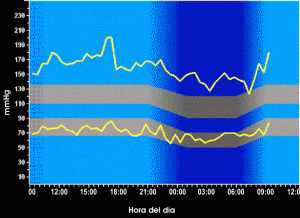Whole Life: #1 performing carrier
design: Male, age 50, preferred non-tobacco, $250 monthly planned premium, for maximum cash value accumulation
The best way to solve for maximum cash value accumulation is to do a limited pay. For $250 monthly premiums a lifetime guarantee it solves at 11 years.
11 pay
Initial death benefit: $53,964
premium outlay: $3,000 annual
non guaranteed values: year 15 based on current dividends
cash value $43,879
death benefit $73,975
premium outlay $33,000
dividend year 16: $1,378 annual
dividend year 21: $1,735 annual
age 121 guarantee
15 pay
Initial death benefit: $68,928
premium outlay: $3,000 annual
non guaranteed values: year 15 based on current dividends
cash value $53,207
death benefit $89,650
premium outlay $45,000
dividend year 16: $1,742 annual
dividend year 21: $2,112 annual
age 121 guarantee
20 pay comparison Whole Life vs. Indexed Universal Life (IUL)
Whole Life: $250/month 20 years
Initial death benefit: $84,592
non guaranteed values: year 20
cash value: $80,158
death benefit: $121,536
premium outlay $60,000
age 121 guarantee
IUL: $250/month 20 years
Initial death benefit: $50,000
non guaranteed values: year 20 @5.75% all years
cash surrender value $81,301
death benefit $131,301
premium outlay $60,000
age 96 guarantee
Comments: Makes sense at age 50 to solve the whole life product for 15 years to build cash value and higher dividends for retirement income, but an 11 pay is all that’s required to lock in a lifetime guarantee. IUL needs longer funding, more like a 20 pay than 15 pay. IUL advantage is in premium flexibility. Whole Life requires a longer commitment to premium payments before sufficient dividends can offset premiums. Whole Life offers a better lifetime revenue stream with annual dividends than an IUL with loans or partial withdrawals.




 Licensed Agent: Sean Drummey
Licensed Agent: Sean Drummey



